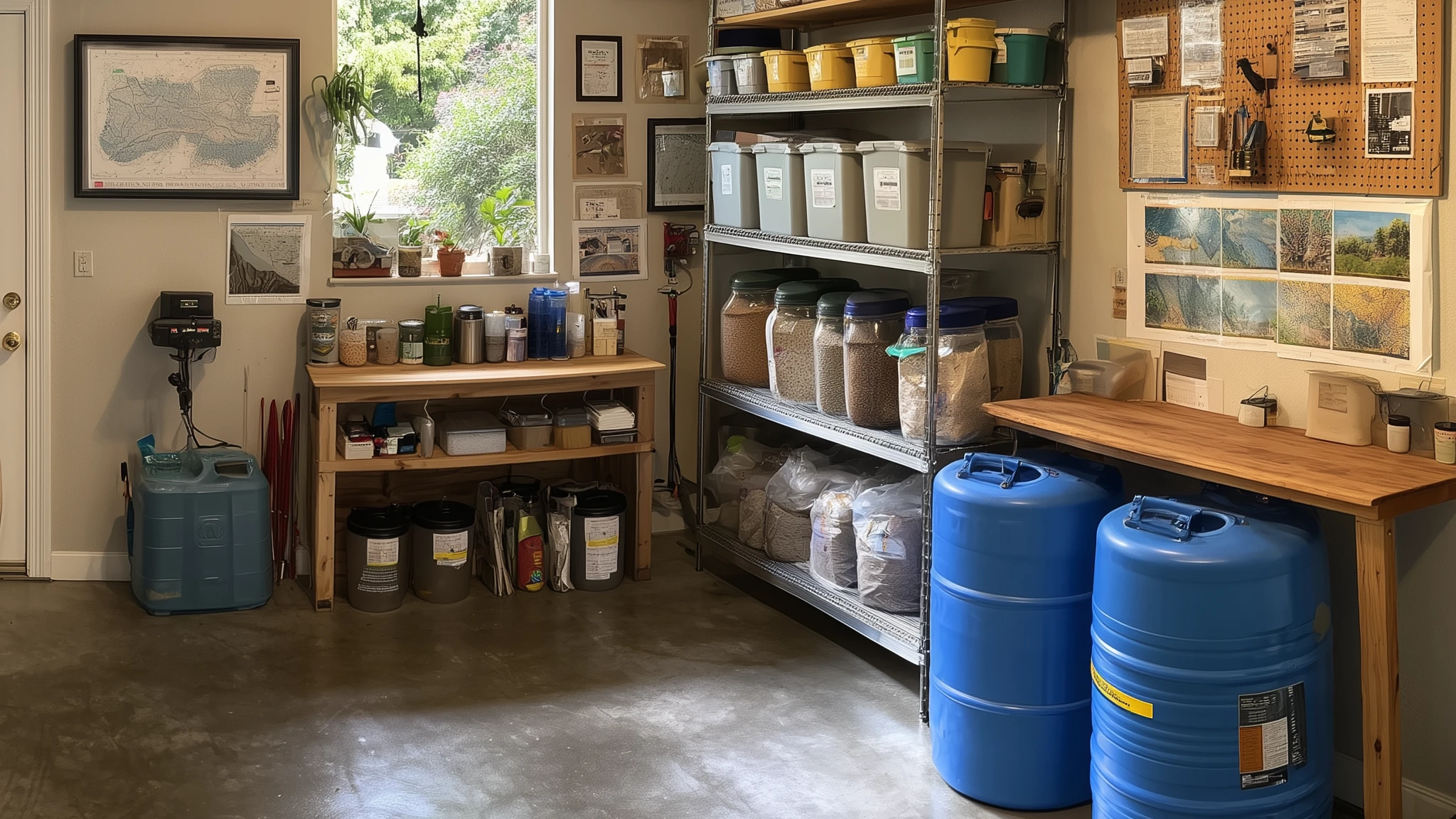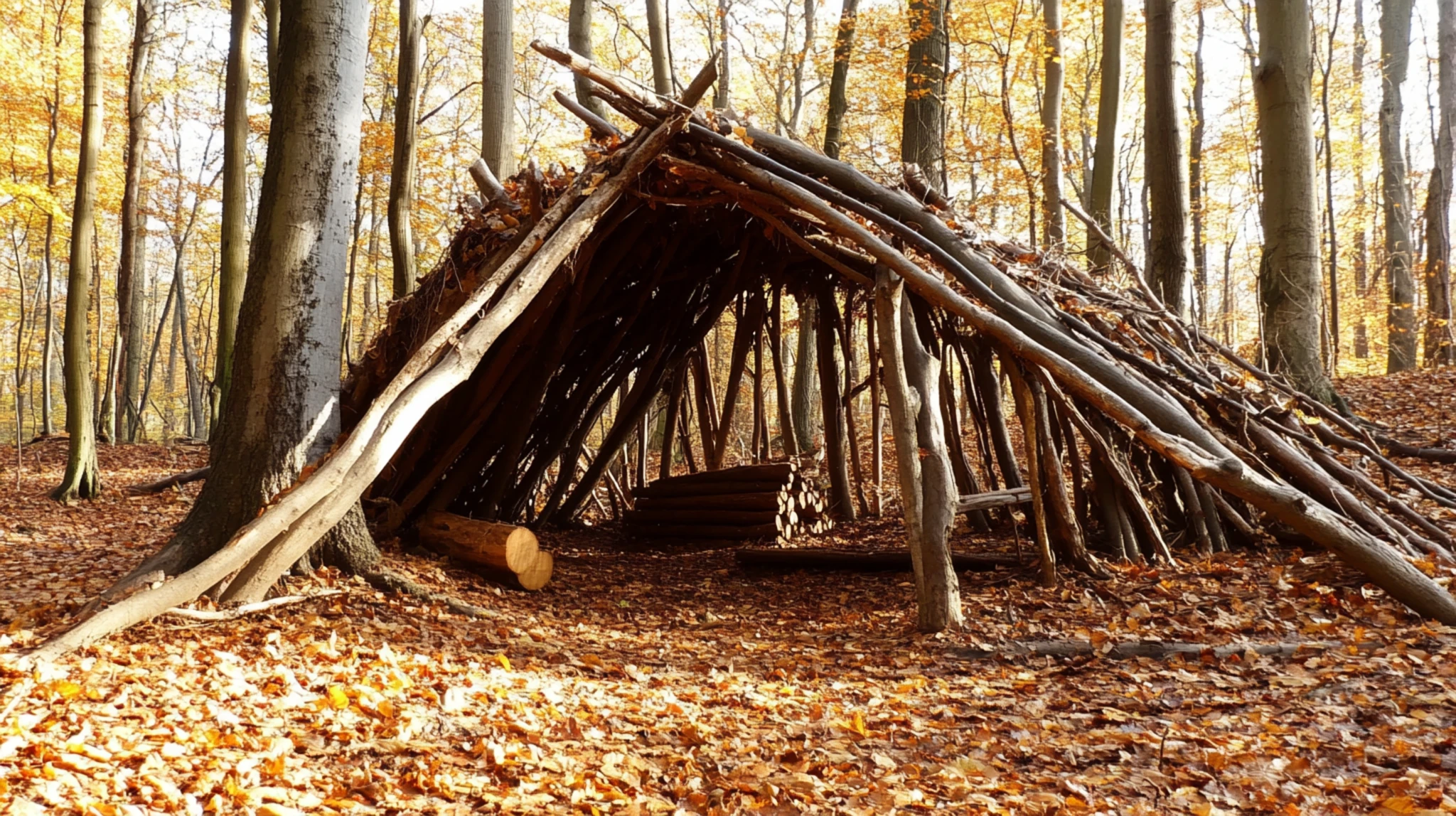In HBO’s The Last of Us, a mutated fungus transforms humans into mindless, violent hosts, leading to the collapse of civilization. While this scenario is fictional, it draws inspiration from real fungi like Ophiocordyceps unilateralis, known for its ability to control insect behavior .
Understanding Cordyceps
Ophiocordyceps unilateralis infects ants, compelling them to climb vegetation before killing them and releasing spores to infect others. This real-life "zombie" behavior in insects showcases the complex interactions between fungi and hosts .
Human Infection: Fiction or Possibility?
Currently, Cordyceps cannot infect humans due to our higher body temperatures and complex immune systems. However, climate change may enable fungi to adapt to warmer environments, potentially increasing the risk of new fungal pathogens affecting humans .
Real-World Fungal Threats
Fungal infections already pose significant health risks. For instance, Candida auris is a drug-resistant fungus causing severe infections in healthcare settings. Additionally, a rare case in India involved a man infected by Chondrostereum purpureum, a plant fungus, highlighting the potential for cross-kingdom infections .
Survival Implications
While a Cordyceps-like pandemic remains unlikely, the rise of drug-resistant fungi and the impact of climate change on fungal evolution are real concerns. Preparedness involves:
Staying informed about emerging fungal threats.
Supporting research into antifungal treatments.
Recognizing symptoms of fungal infections for early intervention.
Conclusion
The Last of Us presents a dramatic, fictional scenario, but it underscores the importance of understanding and preparing for real fungal threats. Vigilance and scientific research are key to preventing potential fungal pandemics.



